Projective and enabling techniques are the most common in focus groups, in-depth interviews, and ethnography. To make it simpler, it is a tactic of asking a question that taps into one’s imagination rather than logical/factual and is often used because of two main reasons:
Why do we use projective and enabling techniques?
- To help the respondents express their opinions / articulate their thoughts/opinions.
- To explore deeper subconscious attitudes towards motives or behaviour or even brand perception.
The technique is also a good, powerful exercise to energise the discussion, and based on my experience using this technique, the participant loves it (and observers too – the client / your colleagues behind that one-way mirror) simply because we are tapping into the participation’s imagination and it is so much relaxing.
Consideration before using these techniques
- This is just a tool for your discussion. It might not suit you, your client/professor / whoever initiates the research. If you are not comfortable with it, then do not use it.
- This technique is not fixed, so be creative and play around with it as you see fit.
- It might seem simple, but your participant might not find it as easy as you thought. Usually, you need to do some warm-up and set up the mindset that it is only a game or mental exercise, and you want to hear what they think.
- Some groups/cultures might find it easier (the US and Europe), and some would find it difficult (Asia mainly) because of our cultural, values and communication differences. However, I believe all human beings are born with imagination, so you need to rephrase or make it easy for them to allow you to access their left brain (figuratively, of course).
- The researcher/moderator/person who asks this question must make a judgement call if the technique suits the audience/type of participant. For example, when you talk to a professional like an accountant dealing with factual and numerical data day in and day out, they might struggle with this technique.
- Again, use it only when you are comfortable. Under no circumstances do you start asking this question by saying – oh, I have a stupid question to ask, bla bla bla. If you don’t believe it, others won’t believe it, too.
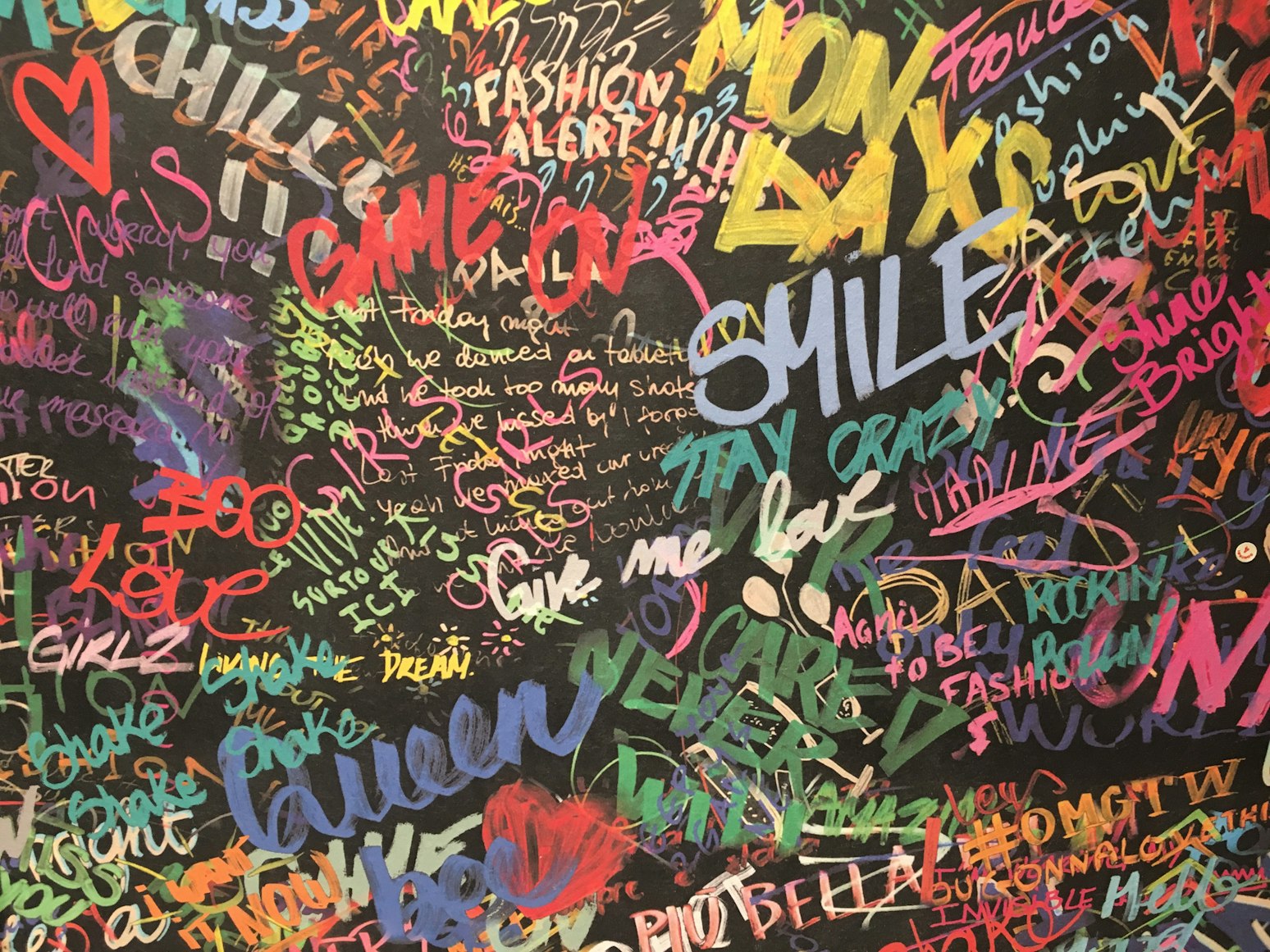
Word Association
So, let’s get down to it.
Objective: Identify top of mind associated with an activity/brand
“What comes to your mind when I mention the word breakfast?”
It is as simple as that. Pro-tip: use a warm-up exercise before you ask this question. For example, “If I mention the word beach, what comes to your mind?” The participant would probably answer “relaxing, bikini, sand, castles, family time, picnic, etc.”and then proceed with your actual question.
You would then get something similar to this when you want to visualise it into word cloud (use free online word cloud like WordArt; or just use any generative AI, information can be beautiful, too)
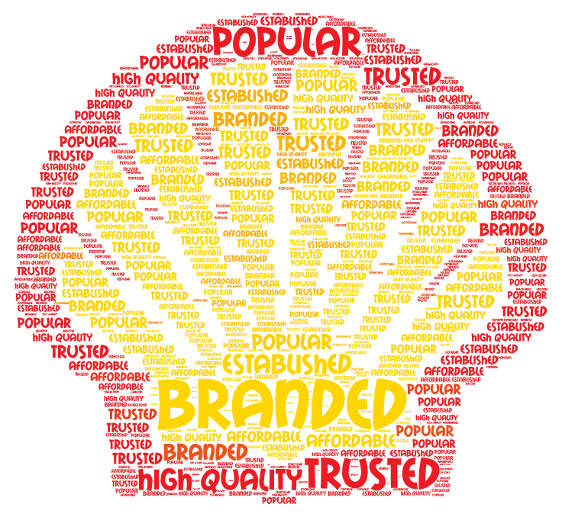

Using Adjectives
Objective: To encourage participant to express or articulate their thoughts on what they feel about a specific brand/activity
If you are using adjectives, you can prepare different adjectives and ask the participant to associate each adjective with the brand/activity.
For example, “I have several cards here that say premium, affordable, cheap, stylish, luxurious, conservative, modern, innovative, boring, value for money, not value for money, down to earth and successful; please pick the adjective that you feel best associated with Volkswagen.“
For each adjective the participant picks, you can then ask why they chose that adjective, why there are differences for each one, and where the association came from
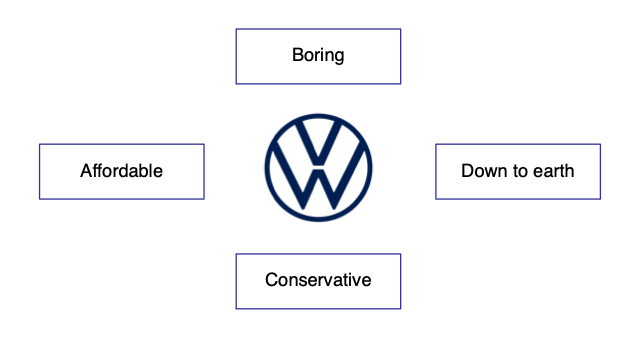

Using Images
Objective: This technique helps understand the visual brand imagery and personality and allows participants to express their thoughts and opinions.
Sometimes, images act as a springboard; people interpret images differently, and it helps them to articulate more easily. This is a valuable tool, particularly when discussing/finding out more about an unusual topic, too familiar or less familiar or interviewing a particular demographic, i.e. teenagers.
You can either use two ways to use this technique:
- Prepare a variety of pictures that represent a different type of visuals. A Harvard professor, Gerald Zeltman, developed one famous set of images, but the pictures they used would cost you four kidneys. You can get different images for free from websites like Pexels or Unsplash.
- Prepare magazines/newspapers (if you still find someone that buys them) and ask the participant to create their visual image of a brand/activity/feeling using pictures cut from the magazines.
Once the participant selects a particular image, some questions that you can ask:
- Tell me what the image(s) represents. Why did you choose this?
- Why do you feel that way?
It is also worth mentioning that this method would only work if the participant is allowed to explain their interpretation of the images they choose because it is highly subjective to the individual, and we may misinterpret it. Hence, this technique has high involvement, but it is also time-consuming. If you want to use it half-heartedly, don’t bother

Benefit Laddering
Objective: To uncover emotional/functional / benefits for an activity/brand. It is handy for brand positioning exercises or communication development.
This is my personal favourite since it is fun for the moderator and the participant; it is involving and empowering simultaneously – a win-win in my book.
Similarly, you need to provide some context so the participant would have a good idea of what’s coming next. Normally, I would write something on the paper / or flip chart to get the ball rolling; let’s choose Pizza, for example:
- If I say Pizza, what comes to your mind?
- Potential answers: Cheese, fast food, celebration, chilling, party, etc.
- Write everything on the board / that piece of paper.
- Let’s pick one example: What comes to mind when you see the word fast food?
- Potential answer: Unhealthy –> because it can lead to obesity –> makes me anxious.
- Potential answer: Tasty –> because it is an indulgence for me –> makes me feel happy.
- The idea is to keep asking why and how it makes you feel until they can’t go further.
You would get something like this. I visualise the mind map using Canva. Otherwise, you can use PowerPoint.

Getting the participant to talk about functional benefits is easy because it is often tangible and obvious. It will get more interesting when we go deeper into emotional territory.
This is also time-consuming, but it’s worth it.

Complete The Sentence
Objective: To discover the likes and dislikes of a particular brand/product/idea/application, etc.
This is pretty simple and straightforward.
Example;
- People who drive a Honda…
- Mercedes is a brand that…
- And Audi is a brand that…
I use cars as an example, but you get the idea.

Brand Personification
Objective: To discover the likes and dislikes of a certain brand/product/idea/application, etc.
This is an excellent exercise to see the brand image or perceived user of a particular product or brand.
For example;
Now I want you to imagine I have this wand, like Harry Potter. And I have this magical power that would transform whatever this wand touches into a person. And if this brand X came alive and became a person, what kind of person would it be?
- Demographic: how old? Is it a he/she? What’s their job?
- Lifestyle: What do they like to do? Their outfit? Where do they live?
- Values: what is important to them? What do they value?
- Relationship: if this is a person, how is your relationship with this person? How do you feel about them?
There are so many ways to ask this question.
- If this brand is a celebrity, who would it be? Why?
- If this brand is at a party, who is he/she? Who is he/she mingle with? Would you approach him/her?
- Etc.
In the end, you would get something like this;
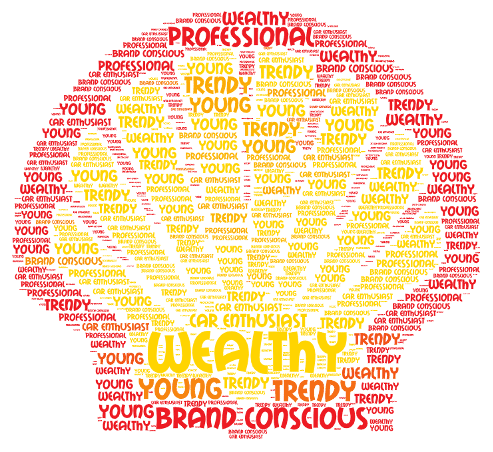
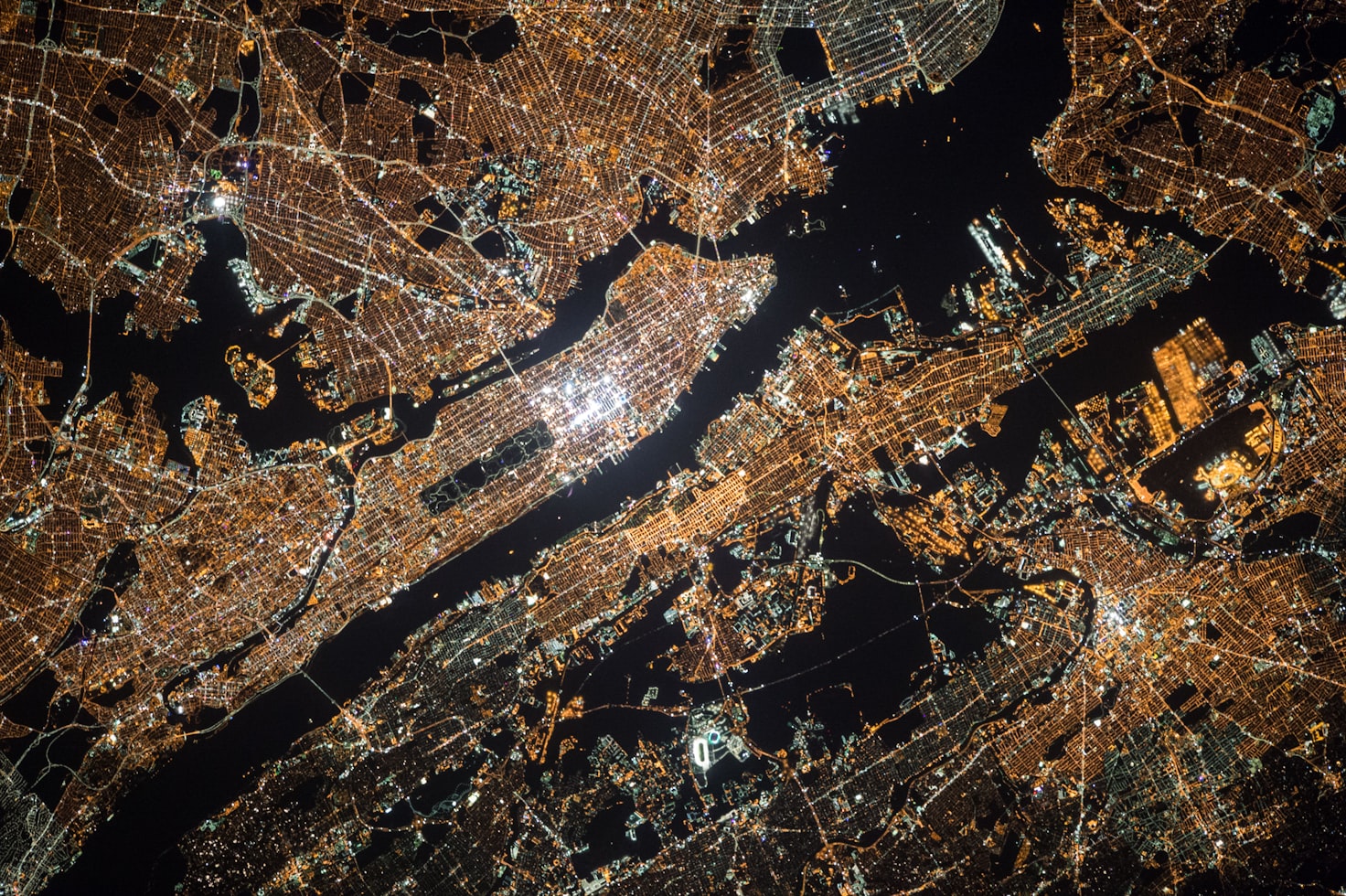
Brand Mapping (or Brand Segmentation)
Objective: This method is proper when you want to find similarities/differences / key dimensions between brands/products.
To set up the context, we usually would ask the participant to list all the brands/products related to what we want to understand. PRO-TIP: I find it easier to list all of them on Post-It notes, so it would be easier for them to arrange and rearrange them during the exercise.
For example;
- Now, please tell me all the music streaming applications that you are aware of
- What else? – keep asking until they list out all the brands/products
- If the brand you want to compare was not mentioned, as smooth as a criminal, try to insert it, but don’t be too obvious. Say something along the lines What about brand Y? and brand ________ (the brand that you want to be in the comparison)? And brand Z? – give a few other brands as a smokescreen.
- Now I would like to do one exercise. Remember, in high school, the teacher would put us in different classrooms because of a particular trait. It can be based on the subject that we studied, or it can be based on our academic performance.

Then, when the setup is done, there are two ways you can approach this, or you can do both;
- Spontaneous grouping works well when you want to understand how the participants segment the market / see your products/brand.
“Now I would like you to discuss as a group how can we group and sort all these brands in whichever way you think is relevant / however you want it” (if they are in Focus Group Discussion, don’t say this when you are interviewing one-on-one, I mean come on.)
2. Prompted grouping – if you have certain dimensions that you want to test and would like to see a specific brand relate to other brands
“Now, similarly, if we want to group these brands into two categories: popular and unknown. What about premium vs. cheap?”
The initial output can be something like;
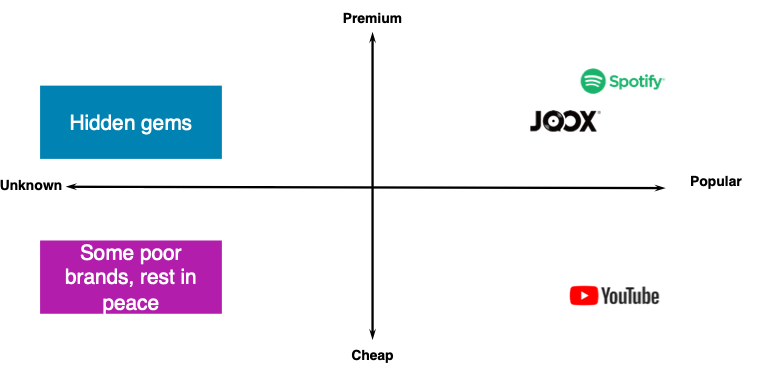
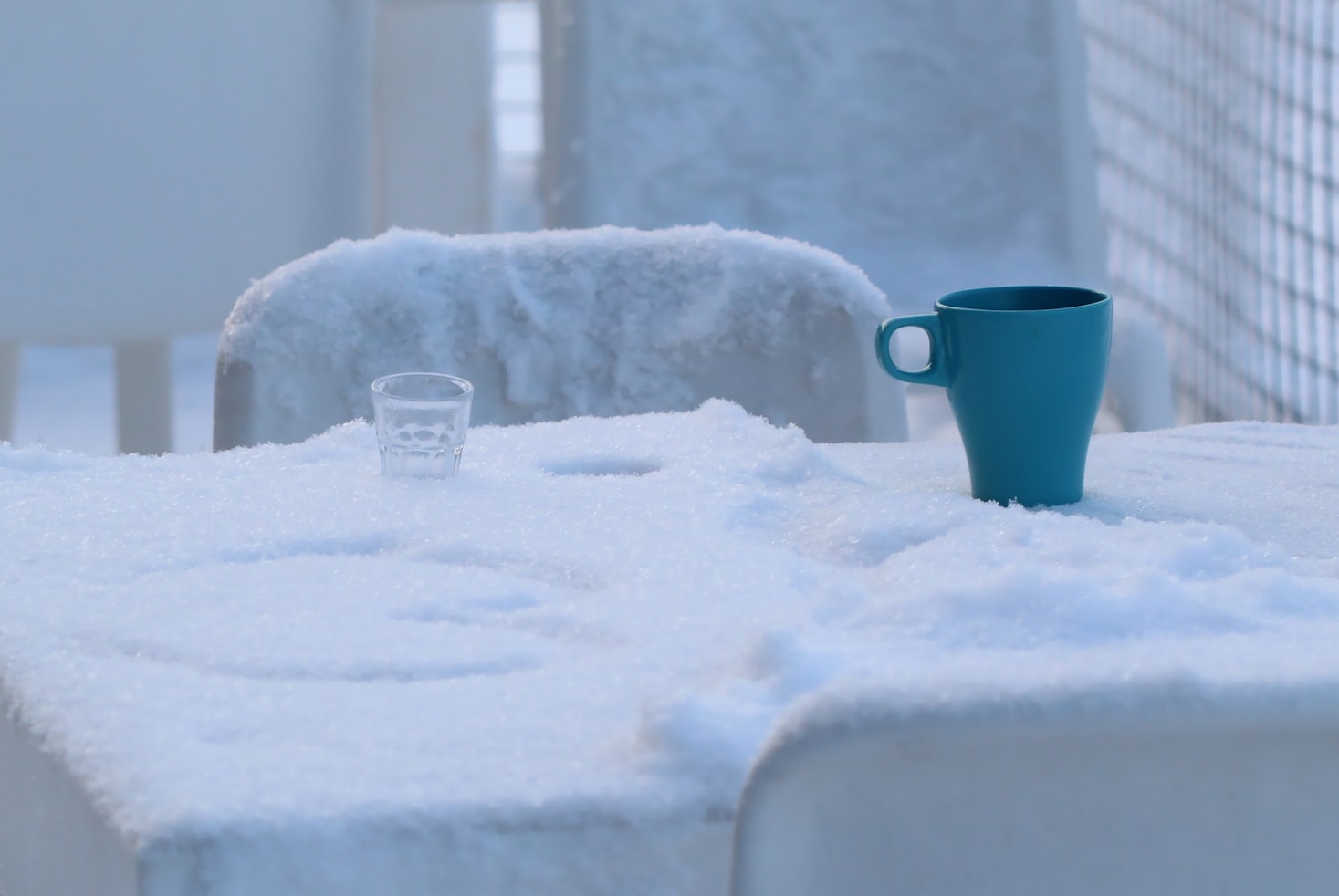
Deprivation
Objective: This technique is used when you want to understand motivations for using a brand/product.
“How would you feel if this brand were no longer available? What would you miss the most? What would you do? Who would you substitute it with?”
“How would you feel if your high-speed internet is unavailable tomorrow?


Boat Game
Objective: To find out about participants’ relationship with a brand and also its brand values
“Imagine a boat with 4-5 passengers (brands or products) …It is sinking. One passenger must be unloaded to save the other two. Which one goes, which stays on the boat and why?”
Participants may work as a group, or each individual in a group may ‘be’ a passenger. And they must defend their ‘passenger’/ brand until only one is left. It’s depressing, but whatever floats your boat, man.


Shelf Scream
Objective: To understand the brand’s key strengths and weaknesses
“Now, let’s play a game. Imagine if you are trying to purchase a laundry detergent from the supermarket and you are in front of the shelf. Each one is screaming at you to buy them. These are the brands that you have met (Brand X, Brand Y, and so on)
- What will each one say about itself? What positive points will they highlight?
- What will other brands say to run it down/ criticise it?
If only the brand could talk, yeah? Imagine what kind of experience we would have next time we go grocery shopping.

Psycho Drawing
Objective: Similarly, this exercise is to help the participant to articulate their thoughts / feeling better
“Can you please draw what it feels like to walk around in a supermarket during the COVID-19 pandemic?”
“Can you please draw what it feels like to have a toothache?”
This can be challenging for some. Use it sparingly.

Brand Drawing
Objective: Help identify visual cues typically used in packaging design or brand equity study.
“Can you please draw the current logo for Honda?”
“Can you draw me like one of your French girls?“. Eh?
Final Words
That’s all! Many of these projective techniques are super easy and add flavour to moderation and report writing. Let me know what your favourite technique is!
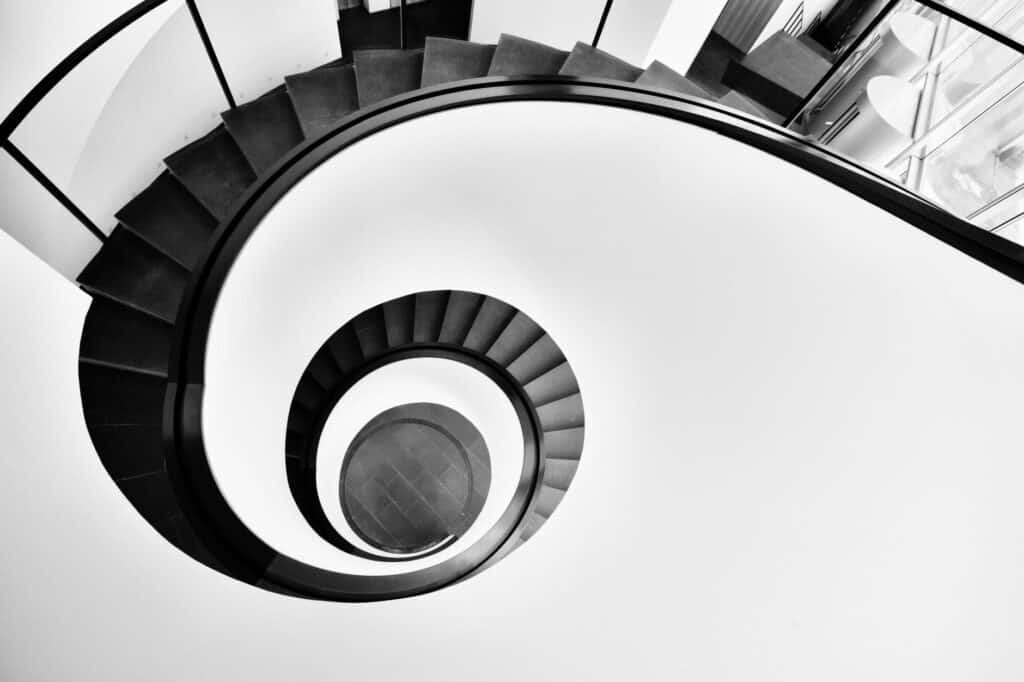



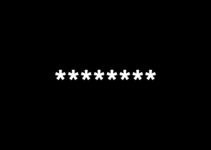

I find this article enlightening, clear and very useful.
Tahnk you for sharing it.
Best regards,
Patricia
Cheers Patricia!